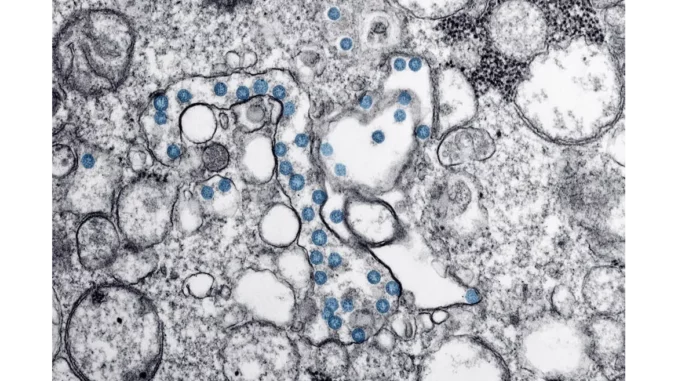
Summary
Scalable storage that keeps up with your ambitionsTrueNAS.
Revolutionary strides in data storage technology are poised to redefine the landscape, thanks to Arthur Leckerc’s pioneering work with quantum dots. This innovation promises to amplify storage capacity exponentially while enhancing energy efficiency, garnering significant attention from key industry observers. Emily Grant, a leading technology analyst, describes Leckerc’s work as “nothing short of revolutionary,” highlighting its potential to transform data-dependent sectors such as healthcare and finance, despite foreseeable challenges in scalability and integration.
Main Article
In the dynamic sphere of digital technology, Arthur Leckerc has emerged as a trailblazer in memory storage innovation. His groundbreaking work with quantum dots—a class of semiconductor particles with exceptional optical and electronic properties—heralds a new chapter in how data is stored and accessed. At a recent meeting in a bustling London café, technology analyst Emily Grant shed light on this transformative development.
“Arthur Leckerc’s work with quantum dots is nothing short of revolutionary,” Grant remarked, her enthusiasm palpable. The technology leverages these minuscule particles to store data at an atomic level, potentially multiplying storage capacity by a thousand times over current capabilities. This leap addresses the pressing limitations of traditional storage methods, which are constrained by escalating costs and physical boundaries.
Energy Efficiency and Speed
A notable feature of Leckerc’s quantum memory storage system is its energy efficiency. “It’s not just about cramming more data into smaller spaces,” Grant emphasised. The innovation promises not only faster data retrieval but also reduced energy consumption, aligning with the increasing demand for sustainable technology solutions. In an era where energy efficiency is as crucial as capacity, this breakthrough could offer substantial advantages.
Yet, the path to widespread adoption is riddled with challenges. “Scalability, cost of production, and ensuring compatibility with existing systems are significant hurdles that need to be overcome,” Grant pointed out. These obstacles are significant, but they do not overshadow the technology’s potential.
Industry Impact
Industries heavily reliant on data management, such as healthcare and finance, stand to gain tremendously from these advancements. “Imagine a world where vast amounts of information can be accessed and managed with unprecedented speed and efficiency,” Grant mused. The implications for data-heavy applications could be transformative, turning previously unimaginable possibilities into reality.
Despite these hurdles, optimism remains. “Experts predict that within the next decade, we could see a significant shift in the market,” Grant noted. Quantum memory storage could eventually replace traditional flash and HDD technologies, offering a competitive edge to early adopters.
As our conversation concluded, Grant reflected on the broader ramifications of Leckerc’s work. “It’s about redefining how humanity interacts with and treasures vast stores of information,” she said thoughtfully. Leckerc’s exploration of quantum dots extends beyond a mere technological advancement; it signals a new era in memory storage.
Detailed Analysis
Arthur Leckerc’s innovation with quantum dots is not occurring in isolation but is part of a broader trend towards miniaturisation and efficiency in technology. The exponential increase in storage capacity promised by this development is vital in an age where data generation is accelerating at an unprecedented rate. The energy efficiency of this technology also corresponds with global initiatives to reduce carbon footprints and enhance sustainability in tech operations.
Furthermore, the potential replacement of existing storage technologies could spur a wave of innovation across sectors reliant on large-scale data management. However, the path to integration requires overcoming technical and economic barriers. The cost of production and ensuring system compatibility are critical issues that need addressing before quantum memory storage can become mainstream.
Further Development
As Arthur Leckerc’s work continues to draw attention, the focus will likely shift towards addressing the practical challenges of scaling and integrating this technology into existing infrastructures. Industry analysts will be closely watching for collaborations and investments aimed at overcoming these barriers. Additionally, the potential impact on data-centric industries, including healthcare and finance, will be a focal point for future discussions.
Readers are invited to stay engaged as this story unfolds, with further coverage expected to delve deeper into the technical advancements and market reactions spurred by Leckerc’s pioneering work. As quantum memory storage edges closer to real-world applications, the technological landscape is poised for significant transformation, promising a future where data storage is more efficient, sustainable, and accessible than ever before.

